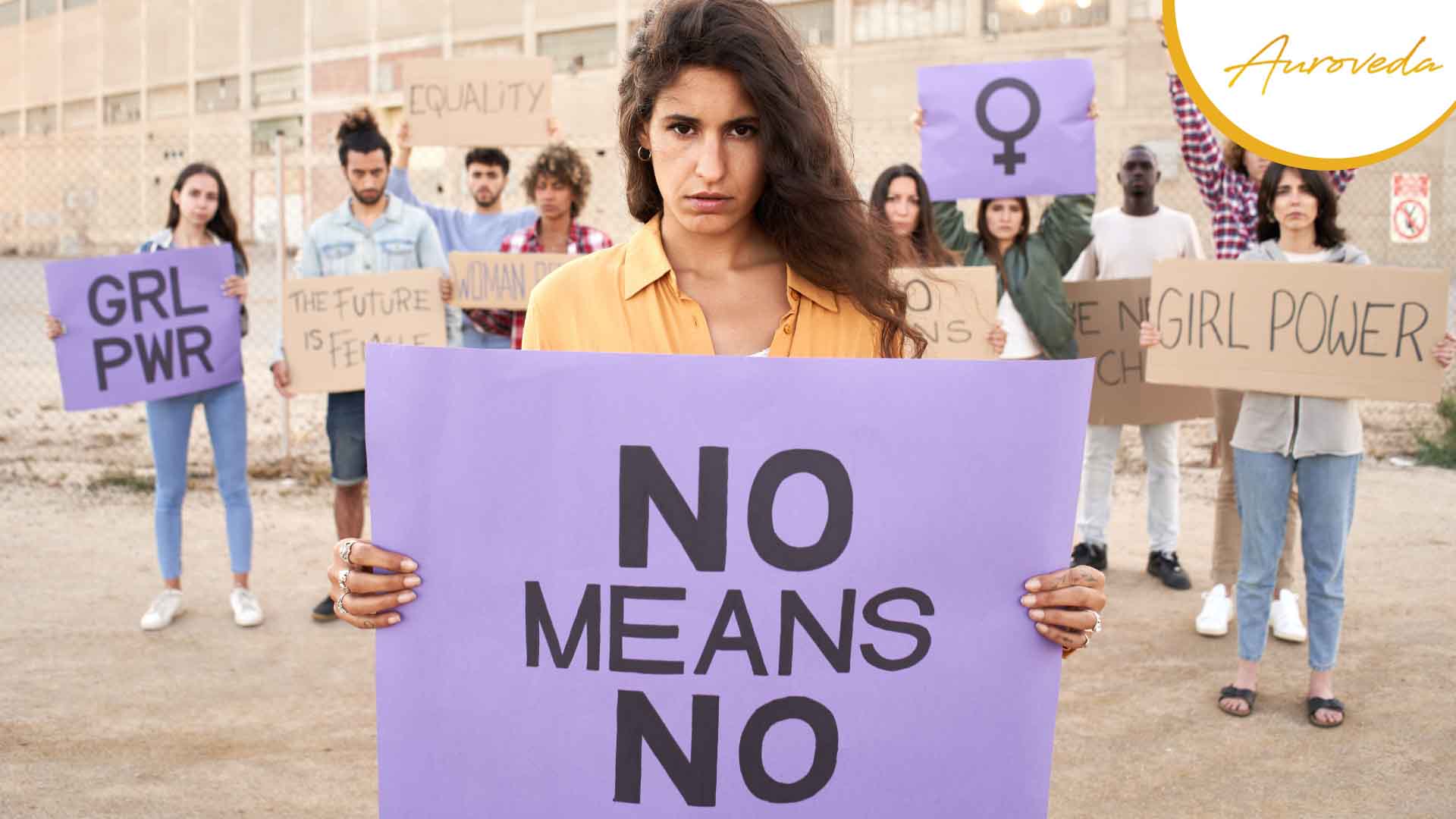Violence against women and girls is a pervasive and devastating issue that affects millions of females worldwide. According to the World Health Organization, one in three women has experienced physical or sexual violence in their lifetime. Primary prevention of violence against women and girls is crucial to stopping this epidemic and ensuring that all women and girls can live free from violence and abuse. This is one of the many reasons why educating and empowering women across the globe is absolutely crucial as well. In addition to primary prevention, unless and until we teach our women to be strong and independent, this will continue to dominate several underprivileged nations.
In this article, we will discuss what primary prevention is, why it is important, and some effective strategies for preventing violence against women and girls.
What is Primary Prevention?
A primary prevention strategy seeks to stop violence before it starts rather than just reacting to it after it has already happened. Primary prevention in the context of violence against women and girls places more emphasis on addressing the underlying issues that contribute to this violence, such as gender inequality and damaging societal norms, than it does on focusing only on the individual behaviors of perpetrators or victims.
Why is Primary Prevention Important?
Because it tackles the underlying causes of this violence, primary prevention is essential to putting an end to violence against women and girls. Primary prevention can contribute to the development of a society that does not tolerate violence against women and girls by trying to alter negative social norms and behaviors. This may eventually result in a decline in the frequency of this violence and the creation of a world where all women and girls live in safety and equity. NGOs like Auroveda across the globe work tirelessly to educate and impart knowledge about primary prevention.
Effective Strategies for Primary Prevention
There are many effective strategies for the primary prevention of violence against women and girls. Some of these strategies include:
1. Education and Raising Awareness
Education and raising awareness are important tools for primary prevention. By educating individuals and communities about the realities of violence against women and girls, and promoting healthy, respectful relationships, we can change attitudes and behaviors that contribute to this violence. Education can take many forms, including workshops, public campaigns, and school-based programs.
2. Empowering Women and Girls
Empowering women and girls is another key strategy for primary prevention. This can involve providing education and job training to girls and women, as well as promoting their participation in decision-making processes at all levels. Empowering women and girls can help to shift power dynamics that contribute to violence against women and girls.
3. Addressing Harmful Social Norms
Harmful social norms, such as the belief that men are entitled to dominate women, are a major driver of violence against women and girls. Primary prevention can involve working to challenge and change these norms through community engagement, public campaigns, and other strategies.
4. Engaging Men and Boys
Engaging men and boys in primary prevention efforts is the most important. By challenging harmful masculine norms and promoting healthy, non-violent masculinity, we can help to create a culture that does not tolerate violence against women and girls. Engaging men and boys can take many forms, including workshops, public campaigns, and school-based programs.
5. Strengthening Laws and Policies
Another crucial approach for primary prevention is to strengthen the laws and policies that deal with violence against women and girls. This can entail making all types of violence against women and girls illegal, giving survivors aid and security, and advancing gender equity in all spheres of life.
6. Providing Support and Services for Survivors
Finally, providing support and services for survivors of violence is an important part of primary prevention. Survivors of violence need access to a range of services, including medical care, counseling, and legal support, in order to heal and recover from their experiences. By providing these services, we can help to prevent future violence and support survivors on their journey towards healing and recovery.
By addressing the root causes of this violence, including harmful social norms and gender inequality, we can create a world that is safer and more equitable for all women and girls.

